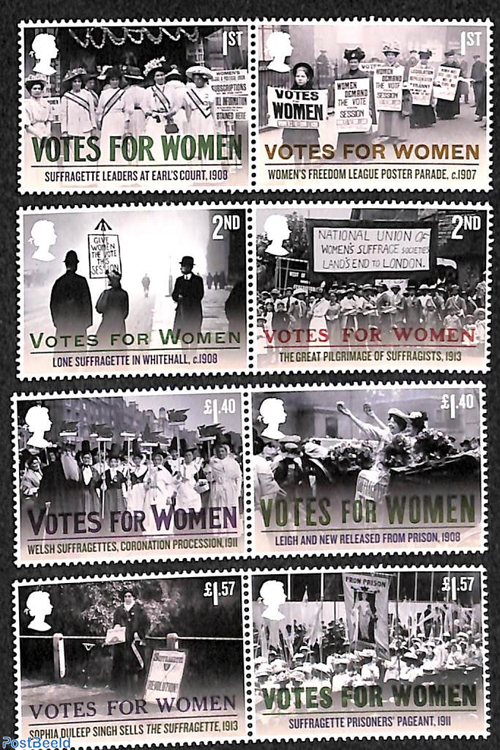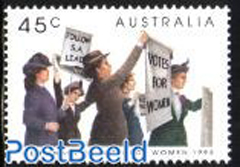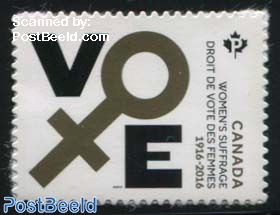
 In 1792 a book written by the lady whose portrait adorns the above stamp issued by Great Britain in 2009 became the first book to be published in the English language on the subject of what we now might call feminism.
In 1792 a book written by the lady whose portrait adorns the above stamp issued by Great Britain in 2009 became the first book to be published in the English language on the subject of what we now might call feminism.
That lady was Mary Wollstonecroft, whose book “A Vindication of the Rights of Women” could possibly have been influenced by Frenchwoman Olympe de Gouges whose pamphlet
“Déclaration des droits de la femme et de la citoyenne” (Declaration of the Rights of Woman and of the [Female] Citizen), was published in France in 1791. This was written in response to the 1789 document known as the “Declaration of the Rights of Man and of the (Male) Citizen” (Déclaration des droits de l’homme et du citoyen). Gouges’s manifesto asserted that women are equal to men in society and, as such, entitled to the same citizenship rights.

The British Suffrage movement has been featured many times on stamps issued by Great Britain and 2018 saw the 100th anniversary of the granting of the right for women to vote, although some of the conditions attached might seem incredibly archaic today. Above are stamps from that 2018 GB issue.
Above, the first woman commemorated on a British stamp was suffragette Emmeline Pankhurst, as part of a 1968 commemorative celebrating the 50th anniversary of Votes for Women.

New Zealand was the first country to allow women to vote in general elections. This was in 1893 and greatly inspired by the efforts of Kate Sheppard (nee Malcolm), a migrant from England whose great achievements included being editor of The White Ribbon, the first newspaper in New Zealand to be owned, managed and published solely by women. In 1909 she was elected honorary vice-president of the International Council of Women.

With the passage of the Commonwealth Franchise Act in 1902, Australia became just the second country in the world to give women the vote although indigenous Australians were not able to vote until 1962.

Around the end of World War One, many countries were adopting women’s voting rights albeit also with certain conditions. Canada was one and below is a 100th-anniversary stamp from 2016.

Women in New Zealand and Australia won the right to vote before their counterparts in Finland. However, Finnish women were the first in Europe to win the right to vote and the first in the world to be able to stand as candidates at elections.
Depicted on the 1992 Finnish stamp below is Miina Sillanpää, a key figure in the workers’ movement, became Finland’s first female minister in 1926.

![]()

